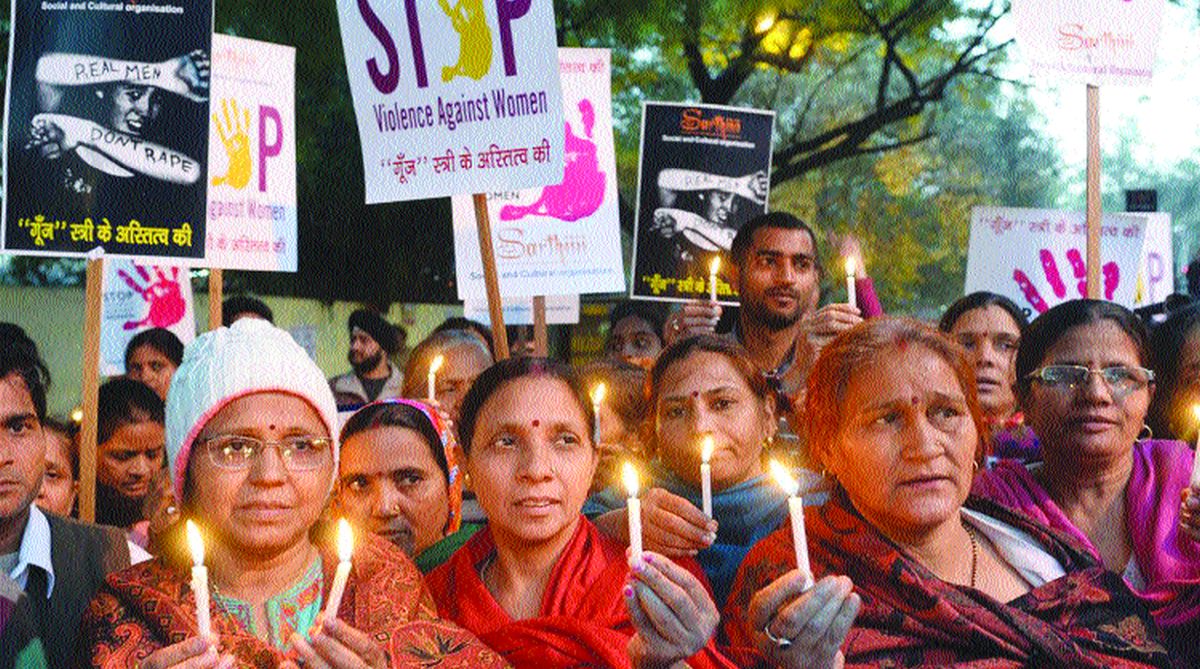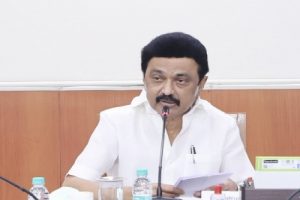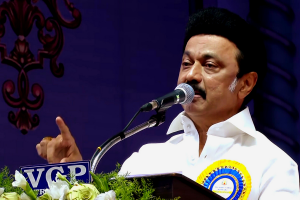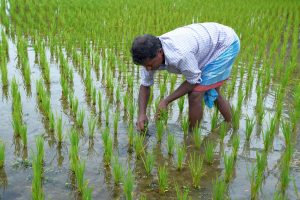In the last few days, India has occupied significant prime time space on all international news channels, for all the wrong reasons. This is because of the Thompson Reuters’ report on the status of women that concludes India is the worst place for women.
Reflecting the views of over 370 gender specialists from five continents and most of the G20 nations, the report places not the conflict-ridden Afghanistan or Syria, or the conservative society of Saudi Arabia, but India at the bottom of the list.
Advertisement
Not to forget the methodology in question has been debated for its legitimacy and reliability, however, it is outrageous at so many levels to ignore what the report hinges upon and how it consciously drives opinions on India, both in the domestic and global spaces.
Conversely, the foreign policy architecture has often ignored such perceptions, lest they focus on its cause and plausible implications on India’s global status. It is largely considered a domestic matter that delves primarily into the cultural and social fabric of the country. However, it barely surpasses approbation at the global level – both at the inter-state and global civil society levels.
It can be inferred, quite unambiguously, that India’s image has been a coagulation of multiple perspectives and experiences — cultural, social or political — and many a time contingent upon its people and their socio-political affiliations. The ‘idea of India’ is shaped considerably by the prevalent narrative – largely geared by the political elites in power influenced by the domestic scenario – catering to the wider global constituencies.
For policy makers and leaders alike, striving for a stable identity has always been a matter of high priority i.e., India as a ‘responsible’ and ‘distinguished’ global power. The status India has been accorded, either through overt recognition by other states in esteemed international forums or through rigorous self-exhortation comes to play during inter-state interactions and negotiations. For instance, India has always urged for distinctive recognition of its rich cultural and spiritual roots, and for retaining its democratic establishment within unusual conditions.
In a similar vein, the status of women is intricately linked to the status of India and has implications on national security. As the former U.S Secretary of State Hilary Clinton conceded, “the subjugation of women is…… a direct threat to the common security of our world and to the national security of our country”.
Several studies have suggested that the best indicator of a state’s peacefulness is not its level of wealth, its level of democracy, or its ethno-religious identity; the best predictor of a state’s peacefulness is the security of women. Caprioli and Mark Boyer, in “Gender, Violence and International Crisis” showed that states exhibiting high levels of gender equality also exhibit lower levels of violence in international crisis and militarized inter-state disputes.
Founded on the principles of equal rights to all its citizens and a preamble that foregrounds on entrusting dignity and integrity to all, India has been at the forefront of the global cry against violence and crime against women.
Paradoxically, gender discrimination and sexual violence lurks underneath its social fabric and prejudiced mind-sets are reflected in the infrastructural arrangement of its polity, economy and judiciary. Representation has been limited to mere quantitative showcase of women figure-heads who are barely entrusted with actual power to govern or take crucial decisions. The patriarchal structures are perpetuated by most women in power who are conditioned to think and act a specific way.
In this context, the status of women is hardly in tandem with the status of the female deities in the Hindu tradition, references to whom are cited in political speeches and social gatherings by the political elite.
In attempting to renegotiate the power dynamics and establish a gender equal society, a nation-state also forwards its agenda of sustainable growth and elevated status in the domestic as well as the international realm.
Drawing on the legacy of compelling leaders of the likes of Hansa Mehta who was one of the only two women to participate in the drafting and adoption of the Universal Human Rights Declaration, India has a long way to tread to establish a gender-equal society founded on it progressive external and domestic policies. And in doing so, emphasis needs to be laid on universal values of equality and freedom, rather than conservative understanding of morals and principles that guides policy making/makers intricately.
It is time rife to imbibe what Hansa Mehta fought for: when the committee suggested “all men are brothers” as the starting point, she was the one to put up strong resistance arguing that this statement could be seen as an attempt to systematically exclude women. Instead she suggested an expression that fully recognized men and women. Thereby, article 1 of the declaration read: “All human beings are born free and equal in dignity and rights”.
The writer is a foreign policy analyst who writes on security and conflict issues focusing on Asia Pacific. She is a Senior Analyst with the Global Risk Insights,
Washington DC and is associated with the Observer Research Foundation, New Delhi and Asia Council, Tokyo.











